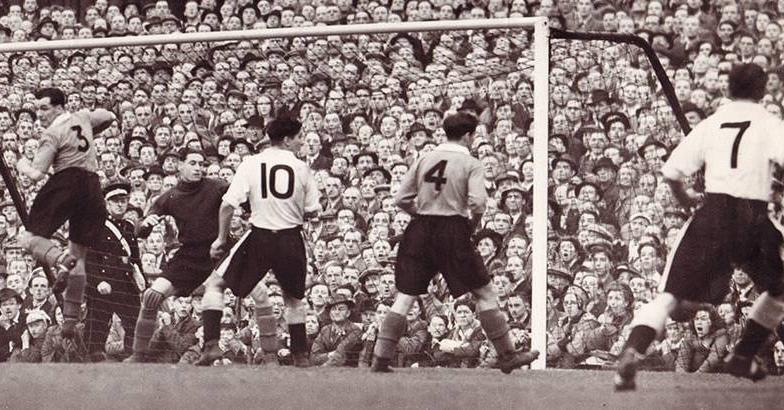As the sun sets, the vibrant energy of nighttime sports events begins to illuminate, turning stadiums and arenas into dazzling spectacles of light and excitement. The transition from day to night in the sporting world is not just a change in time; it’s a testament to the incredible advancements in lighting technology and other key developments.
These innovations have reshaped how games are played and experienced, ushering in a new era where the thrill of sports extends well beyond daylight hours.
The Early Days of Nighttime Sports: A Historical Perspective
The genesis of nighttime sports can be traced back to a time when the concept of playing under artificial light was more a novelty than a norm. Early attempts to light up arenas and fields were often rudimentary, involving large, glaring floodlights that offered inconsistent illumination. These initial ventures faced considerable challenges, from limited visibility for players and spectators to logistical hurdles in setting up and maintaining the lighting equipment.
Despite these obstacles, the allure of evening sports grew, spurring innovative solutions. Early adaptations saw the introduction of strategically placed lights and the gradual refinement of lighting technologies, laying the groundwork for the spectacular nighttime events we witness today.
Breakthrough in Lighting Technology: Revolutionising the Game
The evolution of nighttime sports has been significantly influenced by advancements in lighting technology, particularly the stringent pitch lighting requirements that govern the quality of play. These regulations ensure uniform illumination across playing fields, a crucial factor in sports like football.
The guidelines set specific lux levels to be maintained, catering to different levels of play and broadcasting needs. This focus on precise lighting standards underscores the importance of technological progress in enhancing both the player and spectator experiences in nighttime sports.
The Role of Broadcast Media and Nighttime Sports
Broadcast media has played a pivotal role in the popularity of nighttime sports. The advent of television brought sports into living rooms, making evening games more appealing for viewership. This shift led to a rethinking of sports schedules, with many events being moved to nighttime to capture larger television audiences.
Sports like football and cricket, traditionally played during the day, found new audiences under the floodlights. Digital media further enhanced this trend, allowing for sports live streaming and on-demand viewing, making nighttime sports accessible to a global audience. The symbiotic relationship between media and sports has undoubtedly shaped the landscape of modern athletic entertainment.
Economic and Social Impacts of Nighttime Sports
Nighttime sports events offer significant economic and social benefits. Economically, they attract larger crowds, leading to increased ticket sales and concessions revenue. This extended time frame also opens more opportunities for sponsorships and advertising, capitalising on the prime-time viewing audience.
Socially, these events foster community spirit and fan engagement, creating a vibrant atmosphere unique to evening games. They also serve as cultural landmarks, bringing people together in celebration of their favourite sports, and often contribute to the local economy by boosting the hospitality and tourism sectors around the event venues.
Modern Innovations and Sustainable Practices
The integration of modern technology in nighttime sports lighting has ushered in an era of sustainability and accessibility. LED lighting and smart control systems have become standard, significantly reducing energy consumption while providing superior illumination.
These advancements not only make sporting events more eco-friendly but also more accessible, as improved lighting quality enhances the viewing experience for both on-site spectators and global audiences via broadcasts. This shift towards sustainable practices reflects a growing consciousness in the sports industry to balance environmental considerations with the need for high-quality, engaging sports entertainment.
Health and Safety Improvements Through Enhanced Lighting
Enhanced lighting in nighttime sports has significantly bolstered health and safety standards, positively impacting athletes and spectators alike. Improved illumination from advanced lighting systems like LEDs ensures better visibility on the field, reducing the risk of injuries due to poor lighting conditions. For athletes, this means a safer playing environment, allowing them to perform at their best without undue concern for visibility-related accidents.
Spectators also benefit from these advancements, experiencing a more enjoyable and secure viewing environment. As lighting technology continues to evolve, these improvements in health and safety are expected to become even more pronounced, further elevating the standard of nighttime sports events.
Challenges and Future Trends
As nighttime sports events continue to evolve, they face challenges like light pollution and rising energy costs. Addressing these concerns, future trends may include further advancements in eco-friendly lighting solutions, such as solar-powered lights or more energy-efficient LED technologies.
Additionally, innovations in light design could minimise light spillage, reducing the environmental impact. Embracing these technologies and practices will likely shape the future of nighttime sports, ensuring they remain a popular and sustainable form of entertainment.

